“A great trainer doesn’t have to design a great workout. A great trainer has to design a good enough workout, and get their clients to want to do the workout.”
But motivation isn’t easy, even with in-person clients. Getting online clients to follow their program is harder. But getting online clients to work out consistently at home is the hardest of all.
When something like the coronavirus pandemic forces them to turn their living room into a home gym, motivation can be a Hugh challenge.
Fortunately, there’s a way to get them going on the days when they’re stuck by using Zoom for example.
Setting the stage for successful home workouts
Let’s begin with a few factors:
First, your online clients want to exercise, even if they don’t love doing it. Maybe they don’t want to exercise at home, but they genuinely want to be active and healthy.
Second, you’ve given them a great workout program, one that’s bespoke to their abilities, goals, preferences, space, and equipment available.
Third, you’ve given them the obvious advice:
Set up a dedicated space for their home workouts. Schedule time in their calendar, as they would if they were training with you in person. Take advantage of the benefits of home exercise, like blasting music they like, wearing their onesie or clothes they’d never be seen outside their house.
The problem is that, despite their best intentions and your best guidance, they struggle to follow through.
In my experience, the problem often comes down to an all-or-nothing mentality. I experienced this a lot from clients who lived hectic lifestyles. They believe there’s no point even starting if they can’t do the entire workout and want goals achieved straight away. If they don’t think they have the energy or focus for 40 or 50 minutes of exercise, why bother?
That’s where this one simple prompt comes in handy.
The value of just getting started
When a client admits they’re struggling with motivation, make the following request:
“Can you give it five minutes?”
Or, alternatively:
“Can you do one exercise?”
Follow up with this:
“If you still aren’t feeling it after five minutes, that’s it. You’re done. You gave it a shot, and this just isn’t your day.”
Now comes the most important part:
“However, if you start to feel better after five minutes, try another five minutes or one more exercise. If you feel even better after 10 minutes or two exercises, keep going. Don’t think about anything but the next five or 10 minutes etc.
“If you finish the workout, that’s great. If you don’t, hey, at least you did something when you didn’t feel like doing anything. Either way it’s a win.”
It’s not exactly a new idea. Been telling people for ages the hardest battle is just showing up or giving it a go.
Another challenge of home exercise is replicating the surge of adrenaline many of us feel just by walking into the gym and being around people who’re getting their work in.
The “just do five minutes” or “just do one exercise” prompt addresses multiple challenges for clients who work out at home:
It’s easy to remember. It shrinks the change, minimizing the barrier to taking action and moving forward. It reworks “success.” Instead of making your client feel like a failure if they don’t complete the workout, it tells them something is better than nothing, and something more is better than something less. They’re more likely to do the entire routine when they feel less pressure. It gets the client moving and increases the heart rate. This is especially important for the type of client who feeds off energy at the gym, and misses being around people.
How to get the client moving who doesn’t like working out.
Now we’ll look at how to prompt clients who struggle with working out at home
You’ll need a different strategy for a client who aspires to be active and healthy but doesn’t enjoy the process—especially when the process doesn’t even get them out of the house.
So instead of saying “just do one exercise,” you’ll specify that it should be the exercise they enjoy the most (or hate the least). If it’s lateral raises, that’s great. There are no good and bad options.
It doesn’t even have to be an exercise from your program. If they like doing jumping jacks etc give it to them, let them enjoy the session.
You can also try this variation on the “just do five minutes” prompt:
“Pick two of your favourite songs. Press play and start exercising. When the songs end, your workout ends.”
If they want to continue, that’s two more songs. If they don’t, give the client a virtual high-five, and talk about what they’ll do the next time.
Using songs as a timer works best without traditional sets and reps for example. You can also just ask the client to dance to the two songs.
Music also functions as a motivator, which is backed by research. Working out with music increases mood and effort and reduces perceived exertion.
Final thoughts about motivating clients for home workouts
Action first, motivate second.
As Isaac Newton once quoted, a body in motion stays in motion. It’s easier to keep going than to get going. If you can get the client moving, even if it’s just for a few minutes, chances are they’ll feel better about the task, and their ability to do it.
But even if they decide to stop after one exercise or five minutes, at least they did something. And that still counts.
Written by Kevin Mantle BSc ASCC


